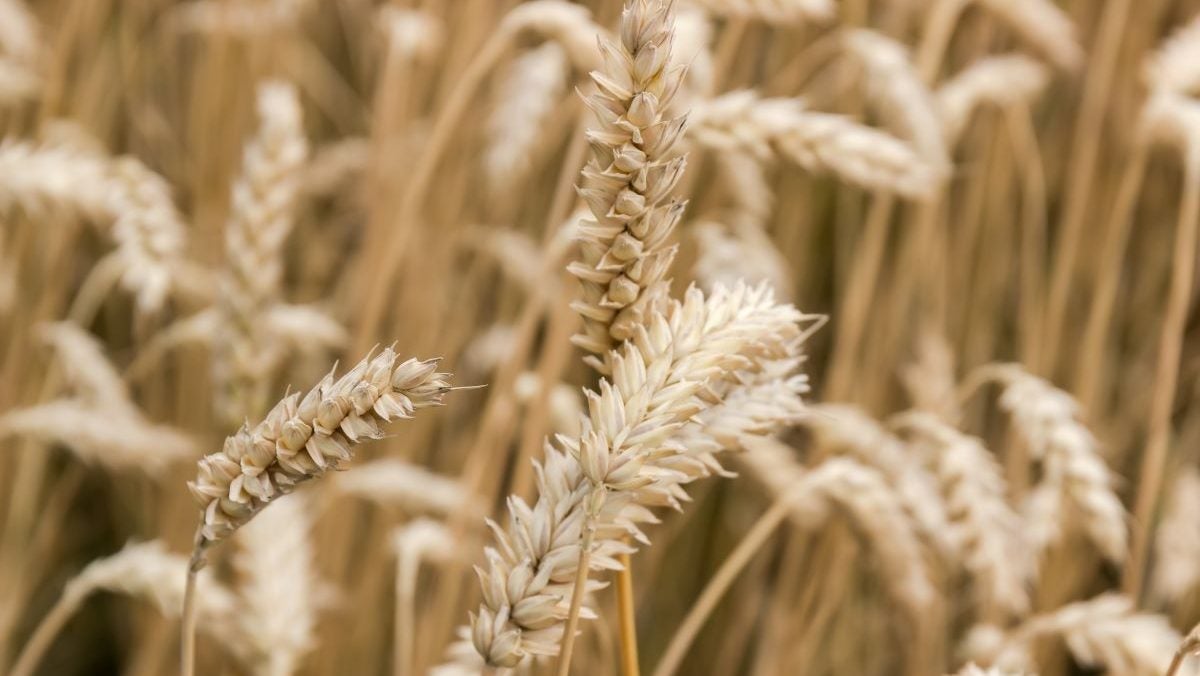
World food commodity prices rose to a 14-month high in September, with a notable increase in cereals due to wet weather in the EU and Canada.
Sugar posted the biggest monthly price gain among the six commodity components of the FAO Food Price Index – compiled by the UN’s Food and Agriculture Organization – partly because of poor harvest prospects in Brazil.
Overall, the index climbed 3% in September from August, the fastest monthly increase in 18 months. It reached 124.4, the highest since July 2023 and was up 2.1% from a year earlier.
Higher wheat and maize export prices led the 3% month-on-month rise in the cereals sub-gauge of the index. Within that, however, rice prices fell 0.7%.
The FAO explained that “international wheat prices increased due largely to concerns over excessively wet conditions in Canada and the European Union, though this was partly offset by competitively-priced supplies from the Black Sea region”, which sits around Ukraine, Russia and Romania.
Maize prices rose due to “low water levels on key transportation routes along the Madeira River in Brazil and the Mississippi” in the US, it said.
Access the most comprehensive Company Profiles
on the market, powered by GlobalData. Save hours of research. Gain competitive edge.

Company Profile – free
sample
Your download email will arrive shortly
We are confident about the
unique
quality of our Company Profiles. However, we want you to make the most
beneficial
decision for your business, so we offer a free sample that you can download by
submitting the below form
By GlobalData
Sugar prices increased 10.4% month-on-month, which according to the FAO, was “driven by worsening crop prospects in Brazil and concerns that India’s decision to lift restrictions on sugarcane use for ethanol production may affect export availabilities”.
Meat and dairy prices also rose in September.
The former component measure climbed 0.4% on the back of higher poultry prices linked to demand for meat from Brazil.
Higher price quotes for whole milk powder, skimmed milk powder, butter and cheese drove a 3.8% gain in the dairy index in September from August.
Across-the-board increases in oils, including those based on palm, soy, sunflower and rapeseed, pushed up the vegetable oils index by 4.6% during the month.
“The rise in international palm oil prices was due to lower-than-expected production in major south-east Asian producing countries, while the rebound in soy oil quotations was primarily due to lower-than-expected crushings in the US,” the FAO said.
A US port strike could have implications for world commodity prices in the months ahead, although the industrial action only lasted three days.
An agreement was reached yesterday (3 October), but is only “tentative”, with port workers’ existing contracts extended until 15 January as final settlement talks continue.

